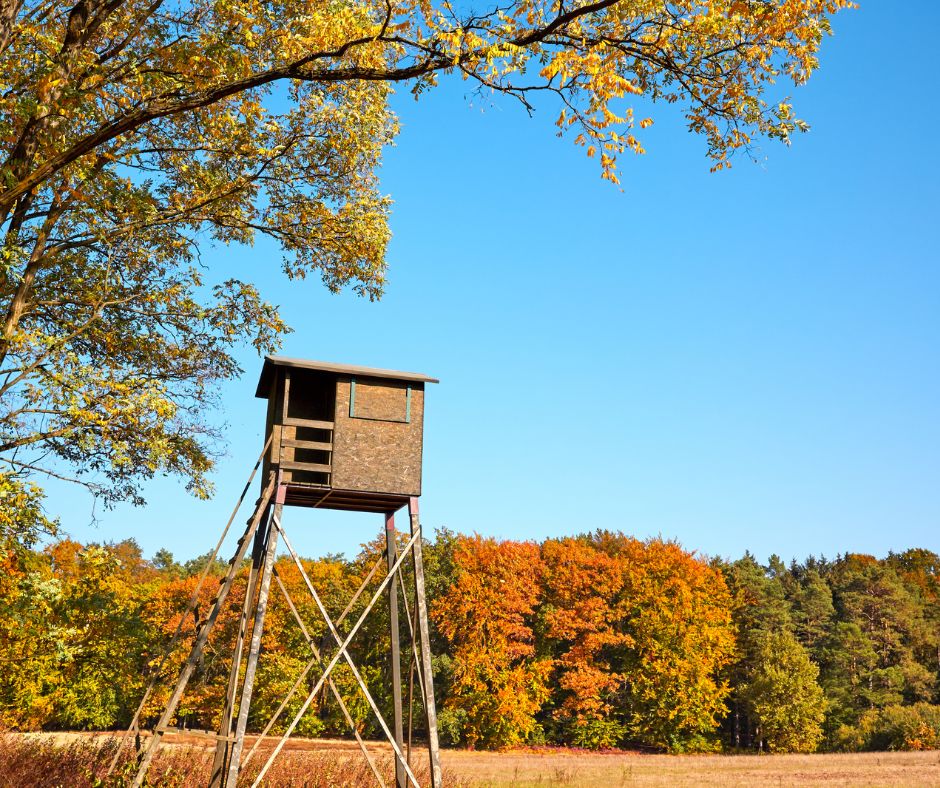How to Set Up a Deer Hunting Blind: A Complete Guide
For hunters, preparation is often the difference between a successful hunt and a missed opportunity. One of the most effective ways to increase your odds in the field is by setting up a deer hunting blind. Blinds provide concealment, reduce movement visibility, and allow you to hunt closer to deer without being detected. But to get the most out of your setup, it’s important to understand where, when, and how to use a blind effectively.
In this guide, we’ll walk you through how to set up a deer hunting blind step by step, while also answering some of the most common questions hunters ask.
What Is the Perfect Size Deer Blind?
The size of your deer blind depends on how you plan to use it.
- Solo hunters: A 4’ x 4’ blind is usually sufficient. It provides enough room for a chair, gear, and your bow or rifle.
- Two hunters or parent/child hunts: A 5’ x 5’ or 6’ x 6’ blind gives you space to move comfortably and reduces noise from bumping into walls.
- Group hunts or extra gear storage: Larger blinds, such as 6’ x 8’, are ideal. These are also more comfortable for all-day hunts.
Tip: If bowhunting, make sure the blind is tall enough to allow for a full draw without hitting the roof or walls.
How to Properly Set Up a Deer Blind
1. Pick the Right Location
The best blind placement considers food sources, travel corridors, and bedding areas. Position your blind along natural deer trails or on the edge of fields where deer feed at dawn and dusk.
2. Blend It with the Environment
Deer notice anything new in their environment. Brush in your blind with local vegetation like branches, grass, or leaves. This breaks up the outline and makes it look natural.
3. Mind the Wind
Always set up your blind with the wind in your favor. If possible, place it so your scent blows away from the deer’s travel path or feeding area.
4. Anchor Your Blind
Whether using a pop-up ground blind or a permanent structure, secure it properly. Stakes, tie-downs, or sandbags prevent movement that could spook deer.
5. Plan Your Shooting Lanes
Before settling in, clear small shooting lanes for your bow or rifle. Don’t cut too much brush—just enough for a clean shot without making deer wary.
How Long Does It Take for a Deer to Get Used to a Ground Blind?
Deer are cautious around anything new in their environment. On average, it can take 3 - 5 days for deer to become accustomed to a newly placed blind. To speed up the process, brush it in heavily and avoid disturbing the area after setup.
Pro tip: If you plan to hunt a specific area, set up your blind at least a week before your hunt to give deer time to relax around it.
Where Is the Best Place to Set Up a Deer Blind?
The “best” location depends on the season and deer behavior in your hunting area:
- Early season: Near food sources such as agricultural fields, oak flats with acorns, or food plots.
- Pre-rut and rut: Along travel corridors, pinch points, or funnels where bucks cruise looking for does.
- Late season: Near bedding areas or winter food sources like corn, soybeans, or turnip fields.
Always scout your property for fresh deer sign—tracks, droppings, or rubs—to confirm activity before setting up.
How Early Should You Set Up a Deer Blind?
The earlier, the better. Ideally, set up your blind at least 1–2 weeks before hunting. This gives deer time to get used to the sight and smell of it in their environment. For last-minute hunts, brushing it in thoroughly can help, but the longer it’s in place, the more natural it appears.
Learning how to set up a deer hunting blind properly can dramatically improve your success rate. The key is choosing the right size, placing it in a strategic location, brushing it in for concealment, and setting it up early enough for deer to get comfortable around it.
By answering common questions - like What size blind do I need? and How long does it take for deer to get used to it? - you’ll be better prepared to make the most of your time in the field.
A well-placed, properly set-up blind doesn’t just hide you from deer - it puts you in the right place at the right time for the shot you’ve been waiting for.
